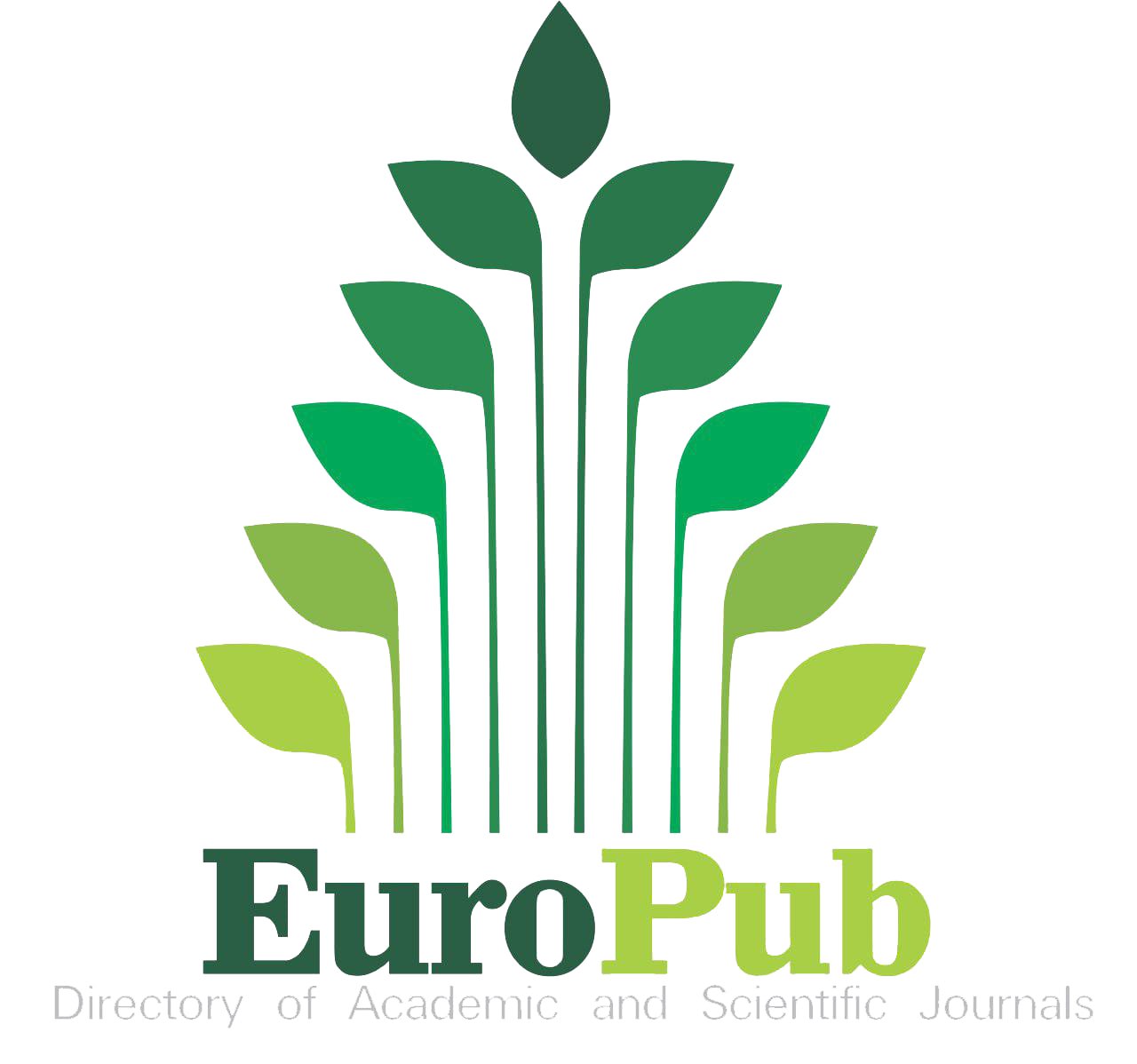Abstract
Background: pharmacovigilance is the science and activities that used to detect, evaluate, understand, and prevent drugs' adverse effects and to ensure that medicines are used safely and effectively. Antimicrobials considered as an important curable medicine for diseases; however, irrational medical prescribing may lead to differing types of adverse drug reactions (ADRs) Aim of Study: The study aims to summarize besides analyzing data from the pharmacovigilance center in Basrah concerning antibiotic use-related ADR. Method: This study is a retrospective cohort study of antibiotic used in 2022-2023. The study population consists of patients who received antibiotics during the study period. The outcome of interest is the incidence of antibiotic associated adverse events. Results: Penicillin and third-generation cephalosporin were the most frequent causes of ADRs, and both were account for 29.00% of the reported cases followed by glycopeptide, and vancomycin about 24.00%. The most common clinical manifestations were skin and subcutaneous tissue disorders, occurred in 80 cases (75.00%), after which difficulty in breathing (8.50%) and with remaining (16.00%) miscellaneous symptoms like hypotension, urticaria, headache, and GIT disorders were come. Conclusion: Penicillin and third-generation cephalosporin were the most frequent causes of ADRs, skin manifestations were the most frequently reported adverse events. Inappropriate antibiotic prescriptions were common and associated with increased risks of adverse drug events and higher attributable healthcare expenditure and increase need for education programs for rational use of antibiotics.
Recommended Citation
Omran, Sarah T
(2024)
"Pharmacovigilance Data as a Trigger to Identify Antimicrobial Adverse Effects: A Study Using Reports from Basra Pharmacovigilance Centre,"
Maaen Journal for Medical Sciences: Vol. 3
:
Iss.
1
, Article 2.
Available at: https://doi.org/10.55810/2789-9136.1036
References
[1] Santoro A, Genov G, Spooner A, Raine J, Arlett P. Promoting and protecting public health: how the European Union pharmacovigilance system works. Drug Saf 2017 Oct;40: 855e69. https://doi.org/10.1007/s40264-017-0572-8.
[2] Mammì M, Citraro R, Torcasio G, Cusato G, Palleria C, di Paola ED. Pharmacovigilance in pharmaceutical companies: an overview. J Pharmacol Pharmacother 2013 Dec;4(Suppl 1): S33e7. https://doi.org/10.4103/0976-500X.120945.
[3] Jiang H, Lin Y, Ren W, Fang Z, Liu Y, Tan X, et al. Adverse drug reactions and correlations with drug-drug interactions: a retrospective study of reports from 2011 to 2020. Front Pharmacol 2022 Aug 22;13:923939. https://doi.org/10.3389/ fphar.2022.923939.
[4] Ventola CL. The antibiotic resistance crisis: part 1: causes and threats. P T 2015 Apr;40(4):277e83. PMID: 25859123; PMCID: PMC4378521.
[5] Alshammari TM. Drug safety: the concept, inception and its importance in patients' health. Saudi Pharmaceut J 2016 Jul; 24(4):405e12. https://doi.org/10.1016/j.jsps.2014.04.008. Epub 2014 May 9.
[6] Coleman JJ, Pontefract SK. Adverse drug reactions. Clin Med 2016 Oct;16(5):481e5. https://doi.org/10.7861/clinmedicine.16- 5-481.
[7] Ventola CL. Big data and pharmacovigilance: data mining for adverse drug events and interactions. P T 2018 Jun;43(6): 340e51.
[8] Roberts JA, Norris R, Paterson DL,Martin JH. Therapeutic drug monitoring of antimicrobials. Br J Clin Pharmacol 2012 Jan; 73(1):27e36. https://doi.org/10.1111/j.1365-2125.2011.04080.x.
[9] Ahmad SR. Adverse drug event monitoring at the Food and drug administration. J Gen Intern Med 2003 Jan;18(1):57e60. https://doi.org/10.1046/j.1525-1497.2003.20130.x.
[10] Magalhaes Silva T, Rebelo Gomes E, Ribeiro-Vaz I, Roque F, ~ Teresa Herdeiro M. Prevalence and significance of antibiotic associated adverse reactions. New insights into the future of pharmacoepidemiology and drug safety. 2021. https:// doi.org/10.5772/intechopen.87642.
[11] Butler AM, Brown DS, Durkin MJ, Sahrmann JM, Nickel KB, O'Neil CA, et al. Association of inappropriate outpatient pediatric antibiotic prescriptions with adverse drug events and health care expenditures. JAMA Netw Open 2022 May 2;5(5): e2214153. https://doi.org/10.1001/jamanetworkopen.2022.14153.
[12] Xavier SP, Victor A, Cumaquela G, Vasco MD, Rodrigues OA. Inappropriate use of antibiotics and its predictors in pediatric patients admitted at the Central Hospital of Nampula, Mozambique. Antimicrob Resist Infect Control 2022 Dec; 11(1):1e8. https://doi.org/10.1186/s13756-022-01115-w.
[13] Miller EL. The penicillins: a review and update. J Midwifery Wom Health 2002 Nov 1;47(6):426e34. https://doi.org/ 10.1016/s1526-9523(02)00330-6.
[14] Bhattacharya S. The facts about penicillin allergy: a review. y"J Adv Pharm Technol Researchy"y" (JAPTR)y" 2010 Jan;1(1):11.
[15] Anderson JA. Cross-sensitivity to cephalosporins in patients allergic to penicillin. Pediatr Infect Dis J 1986 Sep 1;5(5): 557e61. https://doi.org/10.1097/00006454-198609000-00013.
[16] Diaz R, Afreixo V, Ramalheira E, Rodrigues C, , Gago B. Evaluation of vancomycin MIC creep in methicillin-resistant Staphylococcus aureus infections-a systematic review and meta-analysis. Clin Microbiol Infect 2018;24:97e104. https:// doi.org/10.1016/j.cmi.2017.06.017.
[17] Peng Y, Li CY, Yang ZL, Shi W. Adverse reactions of vancomycin in humans: a protocol for meta-analysis. Medicine (Baltim) 2020 Sep 18;99(38):e22376. https://doi.org/10.1097/ MD.0000000000022376.
[18] Doshi K, Yegnanarayan R, Gokhale N. A retrospective study of drug-induced cutaneous adverse reactions (CADR) in patients attending tertiary care hospital. Curr Drug Saf 2016; 11(999). https://doi.org/10.2174/157488631201170210194817. 1e1.
[19] Jung IY, Kim JJ, Lee SJ, Kim J, Seong H, Jeong W, et al. Antibiotic-related adverse drug reactions at a tertiary care hospital in South Korea. BioMed Res Int 2017;2017:4304973. https://doi.org/10.1155/2017/4304973
















Indexed in: